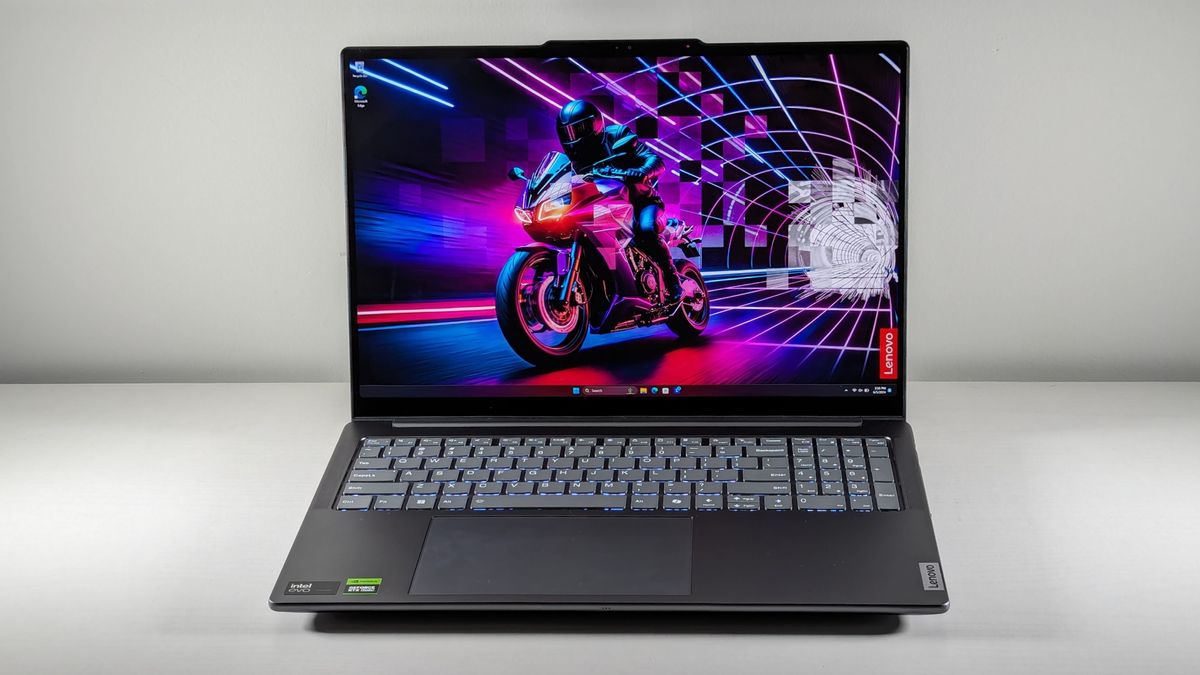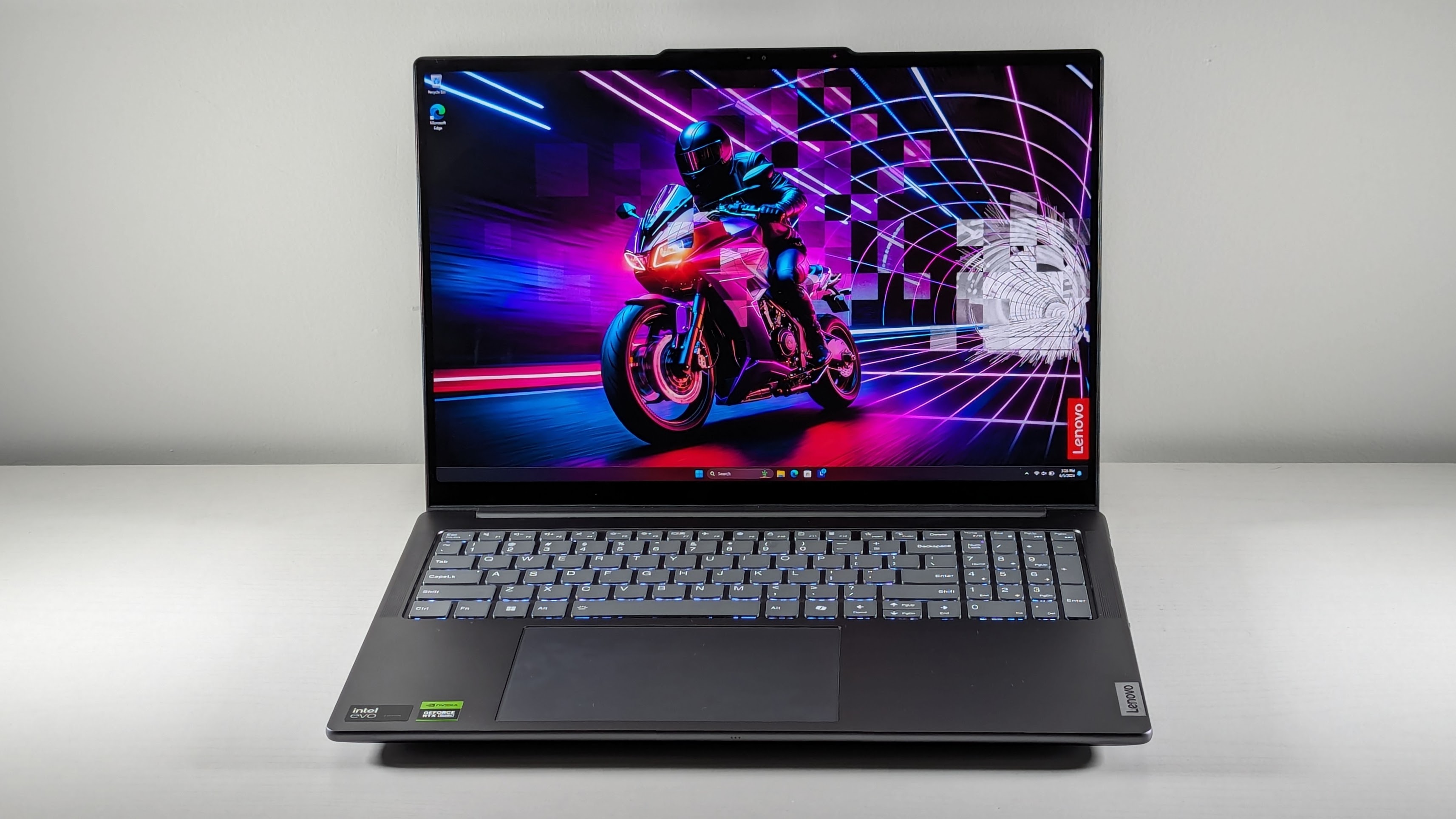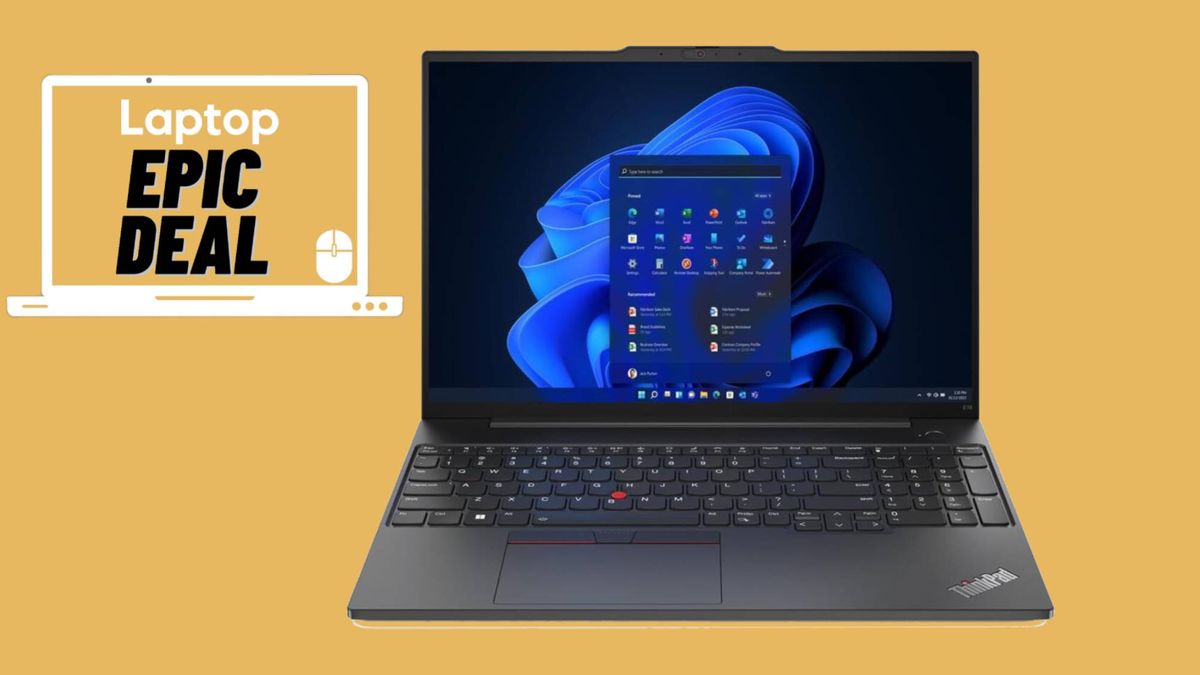

Display specs are important, and I’m not just talking about resolution. If you buy the wrong laptop, everything you create might look wrong to your audience. Let me explain.Higher-resolution displays let you work with more detail in your art and give you the best interpretation of how your art looks once it’s exported as a final product. (Discrete graphics cards also improve your performance with little to no lag.)I reviewed the Lenovo Yoga Pro 9i 16 Gen 9, which is an excellent all-around creator laptop due in part to a display I haven’t seen in quite a while — one that achieved over 100% of the DCI-P3 color gamut. Display color is the most important feature of a creator laptop.The best video-editing laptops support full coverage of certain color gamuts and a low Delta E for color accuracy. By this metric, even the illustrious MacBooks are mid for video editing. This is what you need to keep an eye out for as a video or photo editor.What kind of display do you need to edit videos or photos?Resolution — Let’s get the basics out of the way. The most common display resolution is 1920 x 1080, but you want to aim higher. You might be thinking, “Shouldn’t I just edit in 1080p if that’s what most people are looking at?” Wrong. 4K videos look better on 1080p monitors than 1080p videos. How is that the case? Well, as The Daily Note explains, it’s because of Chroma subsampling and downsampling. To simplify a long-winded explanation, more data can be extracted from higher-resolution content when reducing it to a lower resolution. So, in theory, bigger is better. Laptops with 4K displays are your best option. The MSI Prestige 16 AI Evo is a great example.(Image credit: Future)Color gamut — This is vital to your art. You might already know which color gamut you operate in, but now is the time to find out if you don’t. The color profile you choose should depend on what you’re designing. Color spaces like sRGB, DCI-P3, and Adobe RGB are the most common. This informs the range of colors your display can reproduce. When you know what you use, you’ll want to find a laptop with nearly 100% coverage in that field. Get our in-depth reviews, helpful tips, great deals, and the biggest news stories delivered to your inbox.Like the Lenovo Yoga Pro 9i I just reviewed — it covered 105.7% of the DCI-P3 color gamut. That’s excellent for anyone working in the DCI-P3 color space. However, it also covered 149.2% of the sRGB color gamut. That means visuals in the sRGB color space will look over-saturated. However, not all is lost. Since it’s capable of over 100% coverage, you can adjust the gamut profile to get close to that. The bad news is that there’s not an easy way to determine the coverage of your panel. You’d either need to buy an expensive color calibration tool or get your display color-calibrated through a calibration service. If you’re a professional, this is a worthwhile endeavor. Otherwise, try to find something that works out of the box.(Image credit: Future/Rami Tabari)Delta E — This is a fancy term for color accuracy. We test this on all the laptops that come in. The Lenovo Yoga Pro 9i scored a Delta-E of 0.33 (closer to 0 is better). However, anything under 1.0 should be invisible to the human eye (according to ViewSonic). A Delta-E of 1.0 to 2.0 is perceptible through close observation. However, most laptops that come through our lab rarely exceed 1.0, so it’s usually not an issue, but there may be occasional outliers.Brightness — This shouldn’t be as big of a deal as the other requirements. The brightness impacts the color and Delta-E, but if the laptop scores well in those two aspects, what it scores in brightness should have a negligible impact. The only concern about brightness is how the contrast of your content is picked up depending on the display. So, it’s worth messing with brightness levels to see how well your art gets picked up.As always, the key is to do your research. We’ve reviewed plenty of laptops, so use our benchmarks to determine what’s right for you.OutlookManufacturers occasionally list the color gamut, nits, and Delta-E for a laptop’s display, but keep in mind that these numbers are usually inaccurate. We’ve had situations where displays are better or worse than claimed. The differences aren’t (usually) drastic. However, it’s better to rely on independent reviews, like those on Laptop Mag, than on the source trying to sell you the product. And you can’t just buy the “best” laptop and assume it’ll work for your needs. That’s not how it works in this field. Just follow the steps above to figure out what works best for the content you create.It’s also worth checking out the best gaming laptops. While not targeted toward creators, they typically fit all the requirements one would need to create — a badass display and a powerful graphics card. Back to 2-in-1 Convertible LaptopsSORT BYPrice (low to high)Price (high to low)Product Name (A to Z)Product Name (Z to A)Retailer name (A to Z)Retailer name (Z to A)Load more deals





